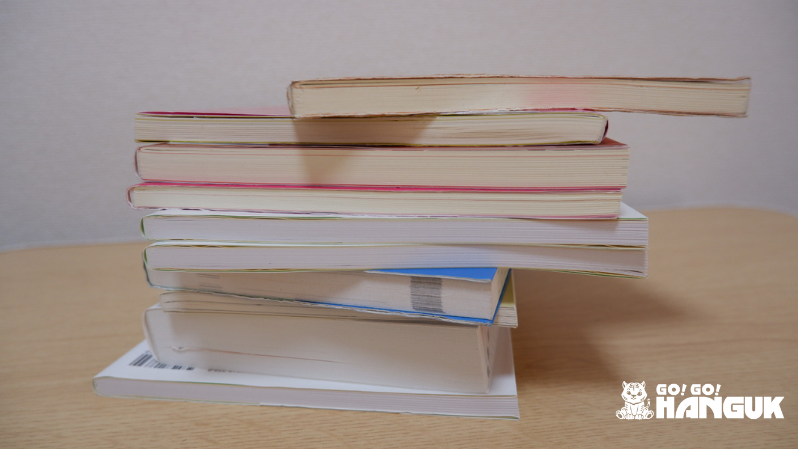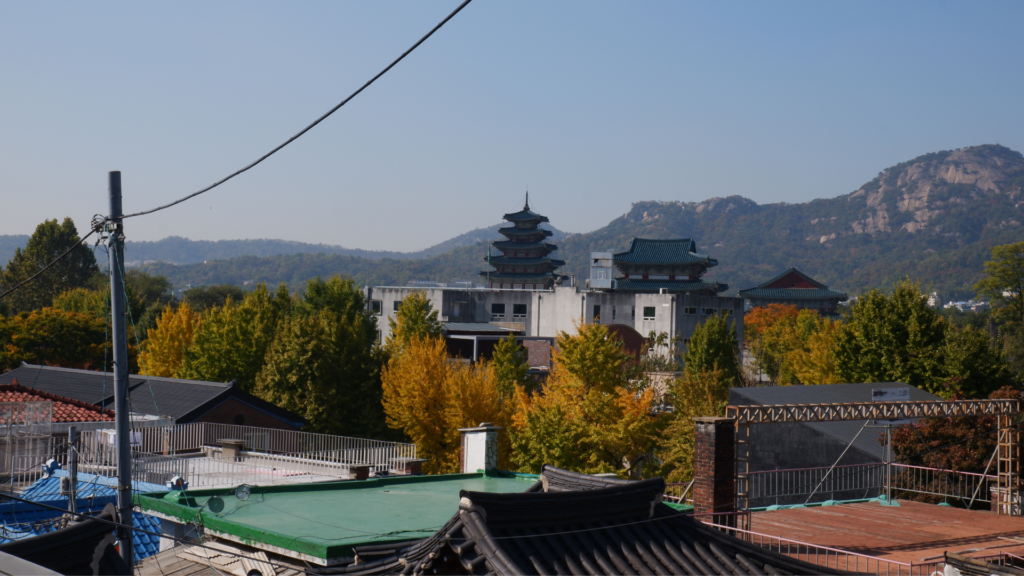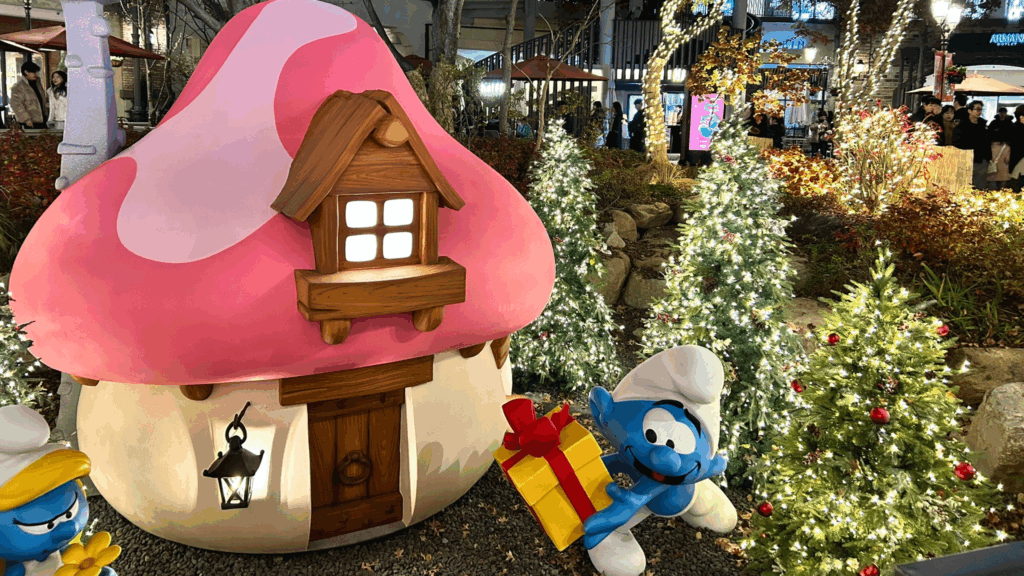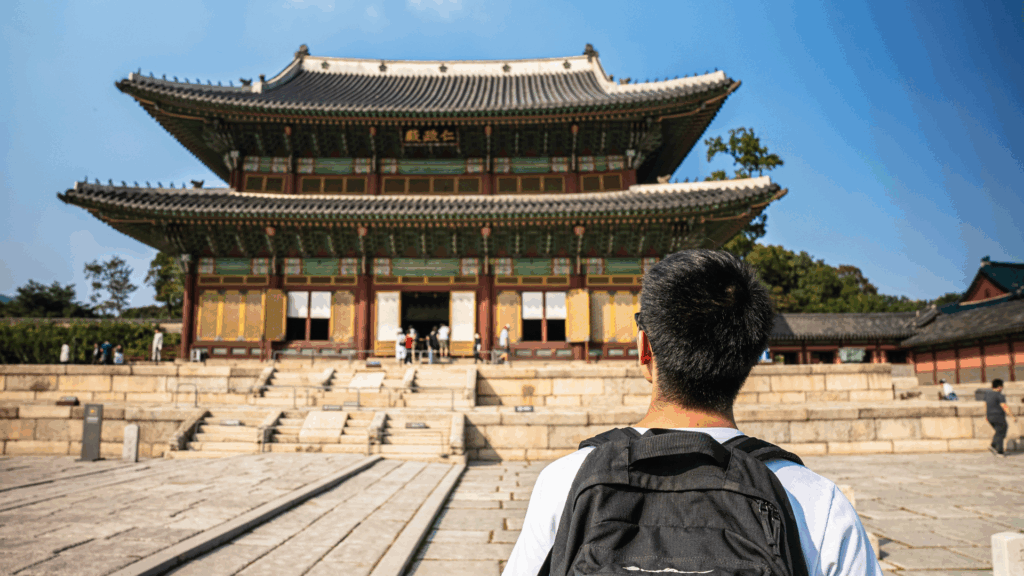Korean proverbs or Sokdam (속담), are how Koreans convey facts or ways of thinking in a metaphorical way. The term Sokdam was first introduced in Korea during the Joseon (조선) dynasty, but the phrases and idioms were in use much earlier. Although these Korean proverbs are passed down by their ancestors, where many of these Korean proverbs describe historical events and pre-modern lifestyles, they still do reflect common events in everyday life. Let’s take a look at some food related Korean proverbs!
Korean proverbs related to food and rice

1. Being unable to drink rice-scorched soup in front of the kids
Literally translated from 애들 앞에서는 숭늉도 못 마신다 (ae-deul ap-e-seo-neun sung-nyung-do mot ma-sin-da), this Korean proverb refers to how children like to imitate adult actions and words. It could potentially affect their behavior and way of thinking as they grow up. Hence, it is important that adults take this into consideration and set a good example in front of the kids.
2. Finding rice-scorched soup in a well
Literally translated from 우물가에서 숭늉 찾는다 (u-mul-ga-e-seo sung-nyung chat-neun-da), it is only logical to find water in a well and by trying to find scorched-rice water, one will not be able to do so because it does not fit the situation. In this saying, it means to match goals or requests based on the situation and, with the right conditions, one will see results and achieve success.
3. Sprinkle ash onto cooked rice
Literally translated from 다 된 밥에 재 뿌리기 (da doen bab-e jae ppu-li-gi), when ash has dirtied the cooked rice, it becomes inedible and the effort put into cooking the rice has also turned futile. This Korean proverb is often used to describe when things are ruined near success, referring to all the wasted effort.
4. Chicken instead of pheasant
Literally translated from 꿩 대신 닭 (kkwong dae-sin dak), back in the days, Korean people used pheasants instead of chickens in chicken based dishes because it has higher nutrients compared to chickens. However, as pheasants became more scarce and widely considered as an auspicious animal that would bring good fortune, chickens are more commonly used ever since. As pheasants and chickens have similar taste and texture, it is the perfect replacement. This Korean proverb implies that one is able to replace something with something similar when the original idea or item is not available.
5. That is about as much as Yakgwa
Literally translated from 그 정도는 약과 (geu jeong-do-neun yak-gwa), 약과 (Yakgwa) is a traditional Korean sweet pastry flavored with honey and ginger. This idiom describes how something is so simple and easy that it basically takes no effort. When one says “그 정도는 약과”, it means that the work or action is easily achievable and effortless.
6. Using red beans to make fermented soybean paste
Literally translated from 팥으로 메주를 쓴대도 곧이듣는다 (pat-eu-lo me-ju-leul ssun-dae-do god-i-deud-neun-da), in the recipe for making fermented soybean paste, only yellow soybeans are used. Despite knowing that yellow soybeans are used in making the paste, even if one is told that red beans are used, they will still choose to trust what the person is saying. This proverb is usually used to refer to people who unconditionally believe in others.

7. Cheap price gives you cheap rice cakes
Literally translated from 싼게비지떡 (ssan-ge-bi-ji-tteok), another way to understand this Korean proverb is how we would say “you get what you pay for”. As the saying goes, quality could be compromised if it is inexpensive. If you expect to receive good quality, sometimes it is worth it to pay more.
8. Rice cakes that look good are also good to eat
Literally translated from 보기 좋은 떡이 먹기도 좋다 (bo-gi joh-eun tteok-i meog-gi-do joh-da), normally used in situations where what looks good is good, and the content is good too. Imagine a beautifully plated meal that looks pleasing to the eyes and actually tastes delectable!
9. Not even thinking about people who give me rice cakes, but drink kimchi soup first
Literally translated from 떡 줄 사람은 생각도 하지 않는데 김칫국 부터 마신다 (tteok jul sa-ram-eun saeng-gak-do ha-ji an-neun-de kim-chit-guk bu-teo ma-sin-da), although it is relatively abstract to interpret, it basically means one is expecting something good to happen and before it actually happens; they are already celebrating its success. Metaphorically, rice cakes and kimchi soup are foods that are both filling and it is not common to have them one after another in a single meal. Despite knowing one will receive rice cakes (success), they still have kimchi soup (celebration) before that. Hence, celebrating before witnessing success.
10. Perform an ancestral rite while watching rice cakes
Literally translated from 떡 본 김에 제사 지낸다 (tteok bon gim-e je-sa ji-naen-da), Tteok (떡) is usually present while preparing a Korean ancestral rite. Simply put, “let’s do a ritual while preparing tteok”. It actually refers to having a good opportunity by accident while doing something that one has already planned to do. This Korean proverb is commonly used when one does something additionally while carrying out an original plan.
It is truly interesting to learn that there are so many food related Korean proverbs still widely used in the modern Korean community.
If you find interest in Korean language and culture, follow the Go! Go! Hanguk blog for more contents and be sure to contact us about living and studying in Korea!








